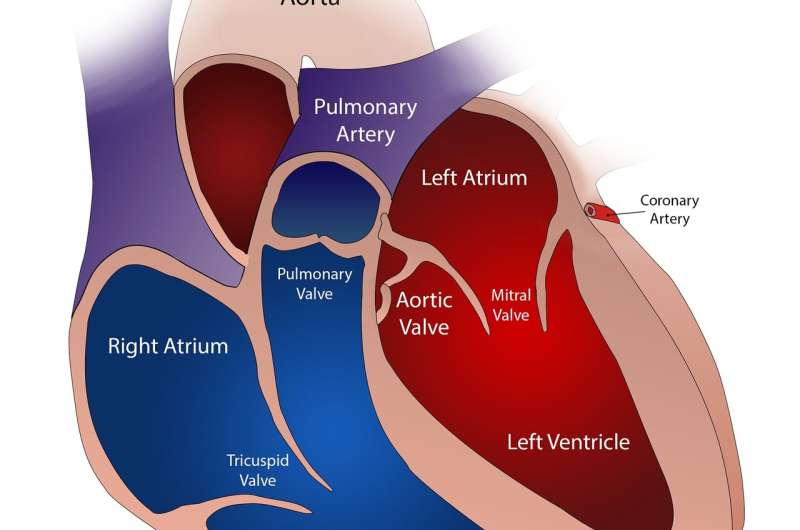Innovative Saliva-Based Test Shows Promise for Early Breast Cancer Detection

A groundbreaking saliva-based biosensor demonstrates 100% accuracy in detecting breast cancer in early studies, offering a non-invasive, portable screening alternative that could transform early detection efforts.
Recent advances in medical technology have led to the development of a novel, saliva-based testing device that could revolutionize breast cancer screening. In a preliminary study involving 29 saliva samples, researchers found that this handheld biosensor detected breast cancer with 100% accuracy, offering a promising alternative to traditional screening methods. The device works by measuring specific biomarkers associated with breast cancer presence in saliva, enabling rapid and non-invasive testing.
The research team, based at the University of Florida, has engineered a compact, portable biosensor that patients can use at home or in remote areas, potentially increasing access to early detection. The test involves collecting a saliva sample with a simple device, immersing a test strip in the sample for a few seconds, and then inserting it into the biosensor. Results can be obtained immediately via a connected app, facilitating quick decision-making.
Although these initial findings are encouraging, the study's small size means further research on larger populations is necessary to confirm the device's effectiveness. Still, the accuracy in detecting breast cancer and the ease of use underline its potential for widespread application, especially in underserved communities.
The biosensor was developed through a collaboration with electrical engineering experts and incorporates multi-channel test strips designed to identify multiple biomarkers linked to breast cancer. Future studies are aimed at refining the technology, identifying additional biomarkers, and exploring whether it can detect other diseases.
Experts believe this innovation could lower healthcare costs and reduce barriers to screening, such as discomfort and appointment scheduling for mammograms. It might serve as an initial screening tool to determine whether further diagnostic procedures are needed, thereby streamlining the pathway to early intervention.
This exciting development was recently published in the journal Biosensors and exemplifies how cutting-edge sensor technology can contribute to more accessible and less invasive cancer detection methods.
Stay Updated with Mia's Feed
Get the latest health & wellness insights delivered straight to your inbox.
Related Articles
New Evidence Supports Physical Activity as a Key Factor in Improving Cancer Survival Rates
New research shows that physical activity after a cancer diagnosis significantly improves survival rates across various cancer types, emphasizing the importance of stay active for cancer survivors.
New Insights on Treating Multivessel Coronary Artery Disease: Immediate vs. Staged Revascularization
Recent research at ESC Congress 2025 reveals that staged revascularization may be safer than immediate PCI in certain patients with multivessel coronary artery disease experiencing STEMI, especially those with signs of heart failure. Personalized treatment strategies are crucial for optimal outcomes.
Texas Legislature Approves Expansive Medical Marijuana Legislation
Texas advances a comprehensive bill to expand access to medical cannabis, including more conditions, dispensaries, and delivery methods, providing new hope for patients and veterans.



